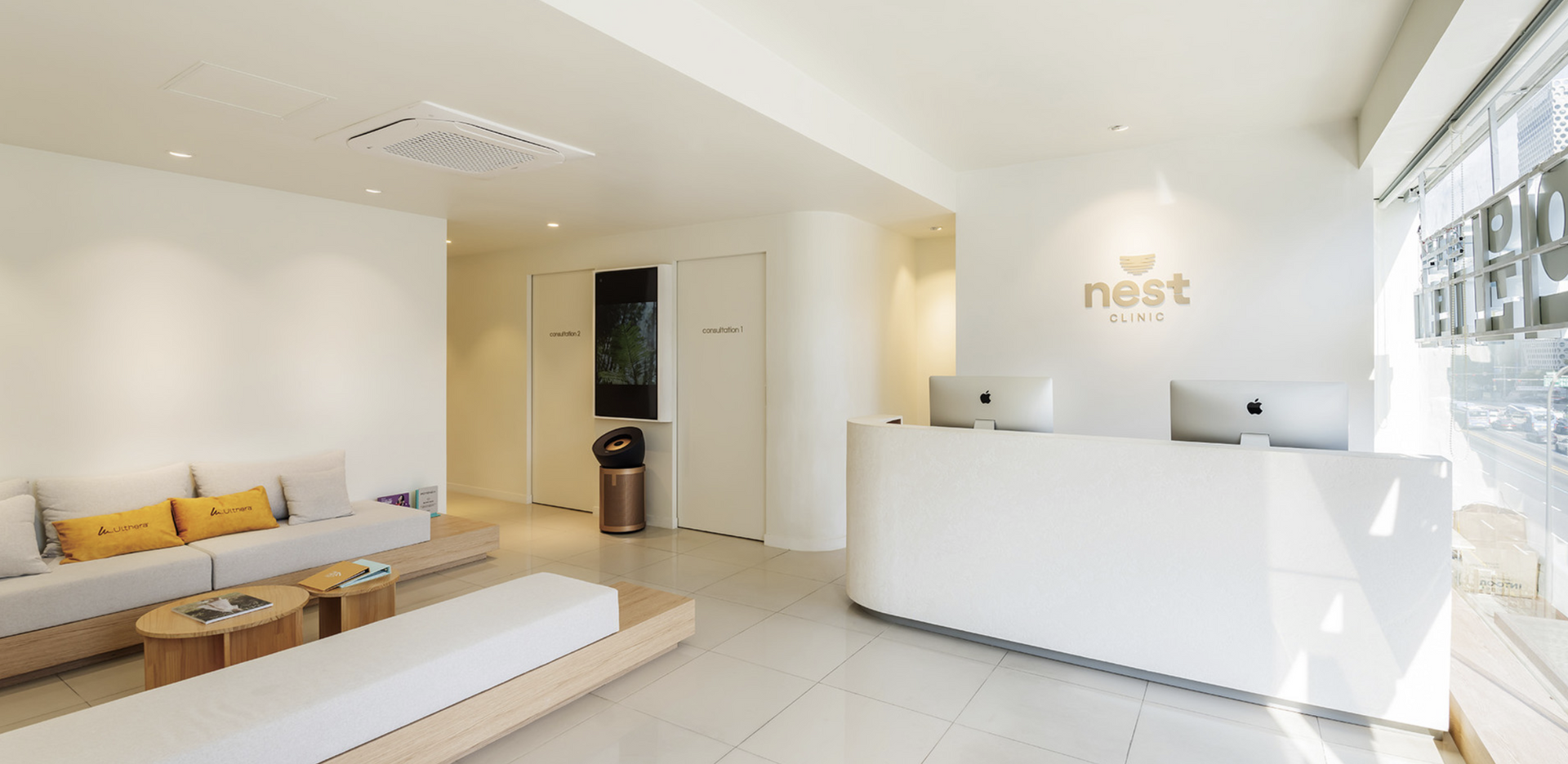Sculptra vs Ultherapy in Korea | Volume Restoration vs Skin Tightening Guide
When you’re looking at non-surgical facial rejuvenation in Korea, two standout options are Sculptra (an injectable collagen stimulator) and Ultherapy (a non-surgical ultrasound lift). While both aim to refresh your look, they address different problems and have different workflows. Understanding those differences will help you choose the right treatment for your face, skin type, and goals.
What Is Sculptra?
Sculptra uses injections of poly-L-lactic acid (PLLA) microspheres that stimulate your body’s own collagen production over time.
Key features of Sculptra:
- It primarily targets volume loss, hollowing (cheeks, temples), and thinning facial structure.
- The effect is gradual: improvements typically show over weeks to months rather than immediately.
- Longevity can be substantial; because it stimulates collagen, the improvement can last up to ~2 years or more depending on area and individual.
- Requires injection technique, potential for brief downtime (swelling/bruising) and aftercare (like massage) to optimize results.
What Is Ultherapy?
Ultherapy is a device-based treatment that uses focused ultrasound energy to lift and tighten the skin by stimulating collagen in deeper structural layers.
Key features of Ultherapy:
- Non-surgical, no injections (aside from perhaps some numbing) and uses ultrasound energy targeted at layers below the skin surface.
- Especially effective for skin laxity (sagging), jawline definition, neck tightening, and lifting rather than filling.
- Results build over time (2-3 months) as collagen remodels, though some immediate tightening sensation may be felt.
- Downtime is minimal; no incisions, but there may be tenderness or swelling depending on individual.
Key Differences to Understand
- Primary goal: Sculptra = volume restoration & structure (think cheeks, temples). Ultherapy = lifting & tightening (think jawline, neck, jowls).
- Mechanism: Sculptra works from inside by collagen induction via injectable; Ultherapy works with ultrasound energy targeting deeper layers to stimulate collagen and lift.
- Onset & visibility of results: Sculptra shows gradual improvement; you won’t see full effect immediately. Ultherapy may show some tightening earlier but full results also build over time.
- Ideal candidacy: Sculptra is great if you have hollowing, volume loss or want structural improvement. Ultherapy is better if you primarily have sagging skin, loss of firmness, but still decent volume.
- Procedure & downtime: Sculptra is minimally invasive (injections) with moderate downtime (bruising, swelling). Ultherapy is non-invasive, minimal downtime.
- Longevity & maintenance: Both provide longer-term improvement versus quick fixes, but mechanisms differ—so maintenance strategy will differ.
- Combination potential: Many clinics (including in Korea) point out that using both in a planned sequence often gives superior overall rejuvenation (volume + lift) because they complement each other.
Which One Should You Choose?
Choose Sculptra if you:
- Notice facial hollows, sunken cheeks, temples.
- Want deeper structural change and volume enhancement more than just skin tightening.
- Are comfortable with a gradual result and possibly more than one injection session.
Choose Ultherapy if you:
- Have sagging skin (jawline, neck, jowls) but still reasonably good facial volume.
- Want a non-invasive lifting treatment with minimal downtime.
- Prioritize skin tightness and contour rather than filling depth/hollowness.
If you’re unsure or have both volume loss + sagging, consider a combined plan: for example, Sculptra for volume restoration first, then Ultherapy for lift/skin tightening. Many Korean clinics tailor such combo plans for best result.
What to Ask During Your Consultation in Korea
- Which of these treatments suits my face type (Asian facial structure, skin thickness, fat distribution)?
- What priority is more important for my problem—volume loss or sagging?
- How many sessions/vials (for Sculptra) or how many lines/applicator (for Ultherapy) will be used?
- What devices/brands are used (for Ultherapy) and what materials are used (for Sculptra)?
- What is the expected downtime, post-care, and risk for each?
- What maintenance is required and what is the timeline for final results?
- If combining treatments, what is the recommended sequence and timing?
Both Sculptra and Ultherapy are excellent non-surgical rejuvenation options in Korea—but they are not interchangeable. They address different primary issues:
- Sculptra = volume restoration & deeper structural support
- Ultherapy = skin tightening & lift
Your best outcome will come from choosing the treatment that matches your
aging pattern,
face anatomy, and
goals. If in doubt, a Korean clinic experienced in both can help map a tailored plan—sometimes using
both for optimal effect.


